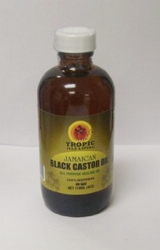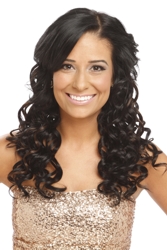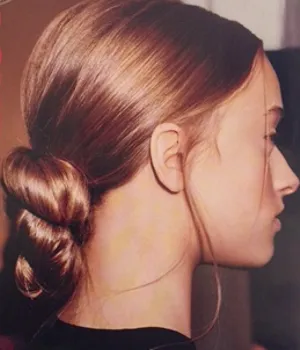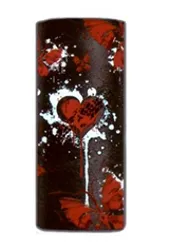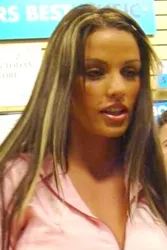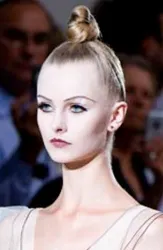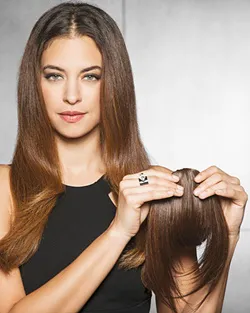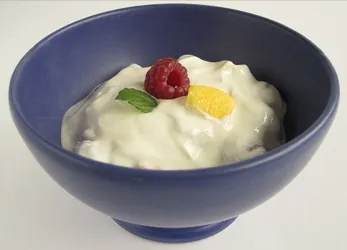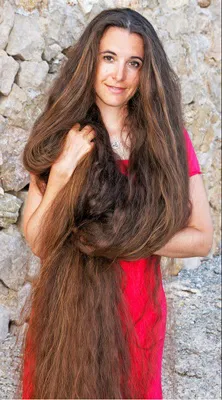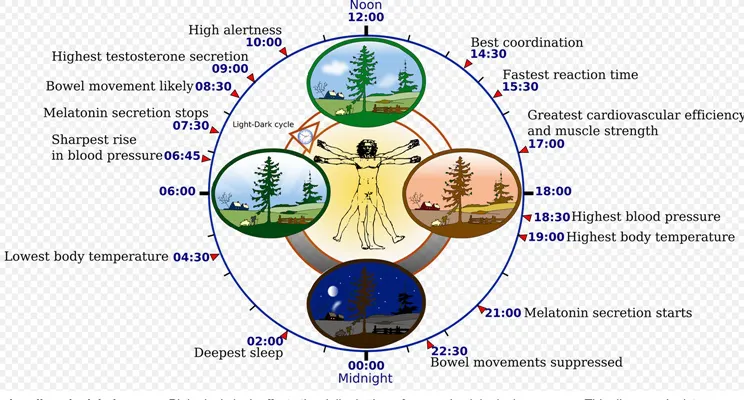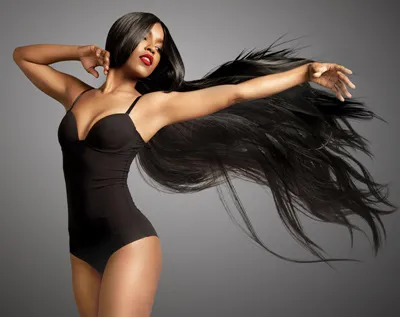
Snapping Hair Knots
Snapping Hair Knots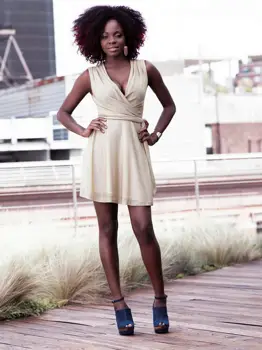 HOUSE OF DVF - Season: 1 - Pictured: Abigail Petit-Frere - (Photo by: Timothy White/E!) - NBC.com - All Rights Reserved
HOUSE OF DVF - Season: 1 - Pictured: Abigail Petit-Frere - (Photo by: Timothy White/E!) - NBC.com - All Rights ReservedIf you're like me and have long naturally textured hair (wavy + curly), you may find yourself unconsciously snapping hair knots.
While snapping hair knots might seem like an odd habit, it's actually a fairly common nervous habit in the long textured hair world.
Of course while it can be a form of mind numbing Zen like habit, it can wreck havoc on your tresses.
What Is Hair Knot Snapping?
When you have long naturally textured hair and you are finger picking through it, you most likely will feel knots.
Hair knots are known as Fairy Knots or Single Strand Knots (SSKS). They form in loose free flowing unconstrained hair.
SSKS or Fairy Knots are most likely to form in hair which is longer than 6 inches in length. A knot can only form when it's long enough to loop or tangle around itself.
Reasons Hair Knots Form
There are a variety of reasons hair knots form which include, but aren't limited to:
1. Finger picking hair
2. Combing hair3. Brushing hair
4. Detangling hair with a combination of methods5. Styling hair
How To Handle Hair Knots?
There are a variety of methods you can use to handle hair knots.
The include, but aren't limited to:
1. Ignoring them completely which may be very challenging
2. Slowing unwinding them until completely detangled
3. Trimming then with a professional quality scissorsNote: Never use a paper scissors which can rip hair even worse then snapping hair knots.
4. Apply oil or conditioning product to soften knots for easy unwinding
What you shouldn't do, even though you probably will want, is to snap a knot out with your fingers.
Snapping out knots with your fingers can tear individual strands in such a way that it continues to split completely down the shaft.
If you decide to trim with a professional quality scissors, always snip hair above the knot to minimize damage.
Preventing Hair Knots
Listed below are some ways to prevent hair knots:
1. Protective Wet Washing - When wet washing hair it may be best to cleanse hair in pre-formed plaits or twists.
The other option is to pre-treat hair before wet washing.
During the wash cycle, if hair is cleansed loose, apply rinse out conditioner to tresses.
Detangle conditioner soaked hair with fingers in small sections working from ends to roots.
2. Amp Up Hydration - Adding lots of moisture to hair will help minimize knotting. Whether you utilize regular pre or post wash oiling, either method can help.
Consider only wet washing with a diluted or undiluted hydrating conditioning formula. Use moisture rich conditioners and make sure to leave a small amount on your ends at all times.
3. Oil rinsing - Soaking hair with oil before wet washing is credited by many naturally textured long haired people with knot prevention.
There is no scientific theory or explanation for this.
One thought is that the oil adds extra slip to strands during the wet washing cycle which may help hair strands slide past each other instead of tangling and knotting.
Oil rinsing can help some with knot prevention.
4. End Stretching - When hair is long and/or naturally textured, the ends are much more prone towards knotting.
 PARENTHOOD - (l-r) Erika Christensen as Julie Braverman, Joy Bryant as Jasmine - (Photo by: Colleen Hayes/NBC)
PARENTHOOD - (l-r) Erika Christensen as Julie Braverman, Joy Bryant as Jasmine - (Photo by: Colleen Hayes/NBC)When wearing your hair free flowing, experts recommend you seal and stretch your ends at night.
The recommended way to stretch and seal ends is to section hair at night, before bed. Apply a small amount of oil, shea butter or other hair sealing product to the ends. Roll all of the hair into a large Bantu or similar knot which protects ends.
It's important all of the hair gets rolled in the knot to make sure ends are properly sealed and moisturized overnight.
This also naturally relaxes or stretched ends making them less likely to knot or snag.
Some people prefer to apply a tiny bit of conditioner to the ends and roll them in sponge style or rag rollers.
5. Embrace Protective Hairstyling - When ends are at risk for knotting, evaluate wearing hair up more frequently.
While some prefer to wear them hair free flowing, if knots are a problem, opt for a more balanced hairstyling solution.
Summary - Snapping Hair Knots
Although it might seem tempting to use fingers to snap hair knots, ultimately it can result in long term damage including split and ripped ends.
There are ways to minimize the occurrence of hair knots. There are also ways to deal with knots when they occur.Social Media Network Information
Please follow us on Twitter at: https://Twitter.com/HairBoutique. I look forward to meeting new people from all walks of Twitter and learning from their Tweets.






